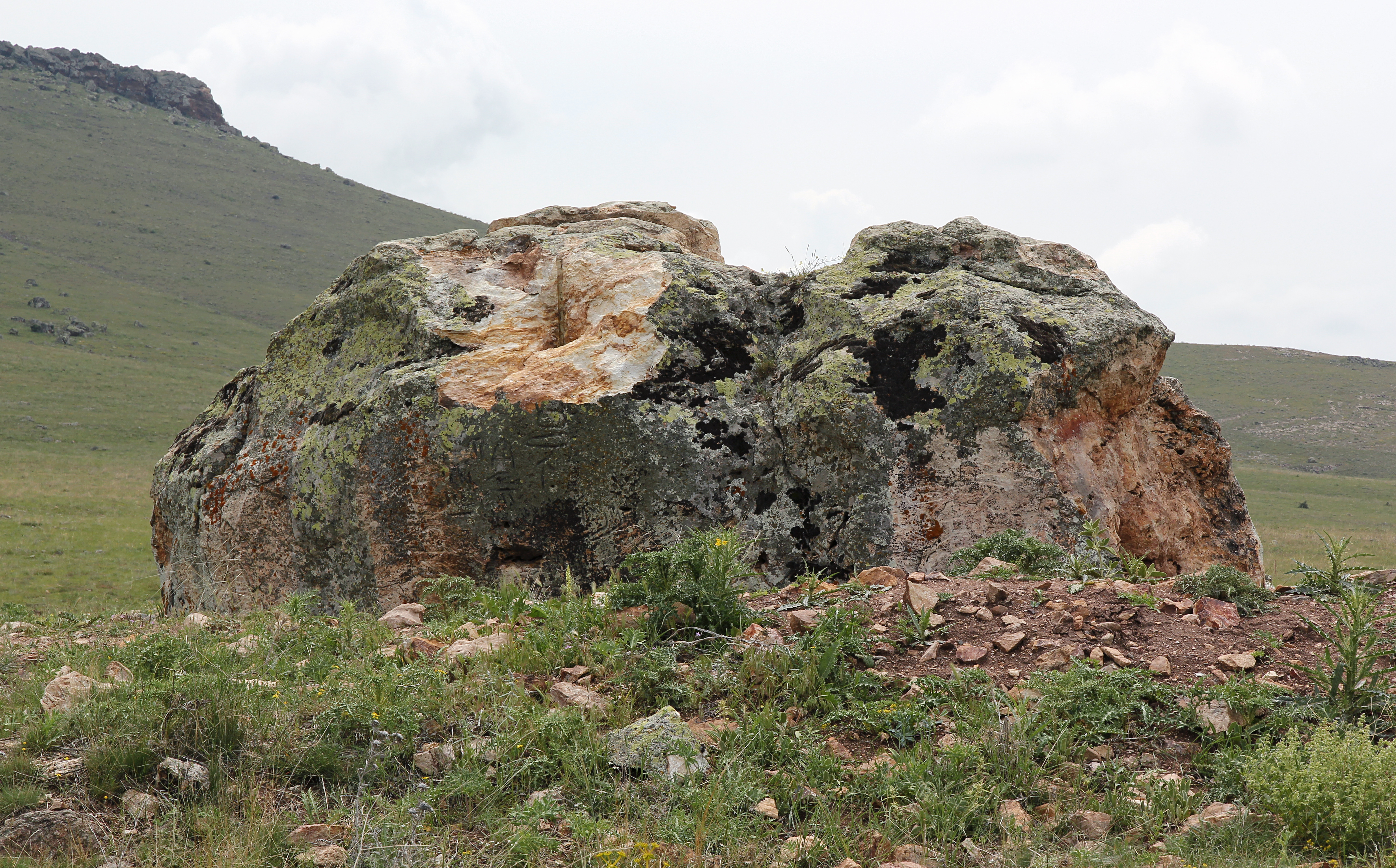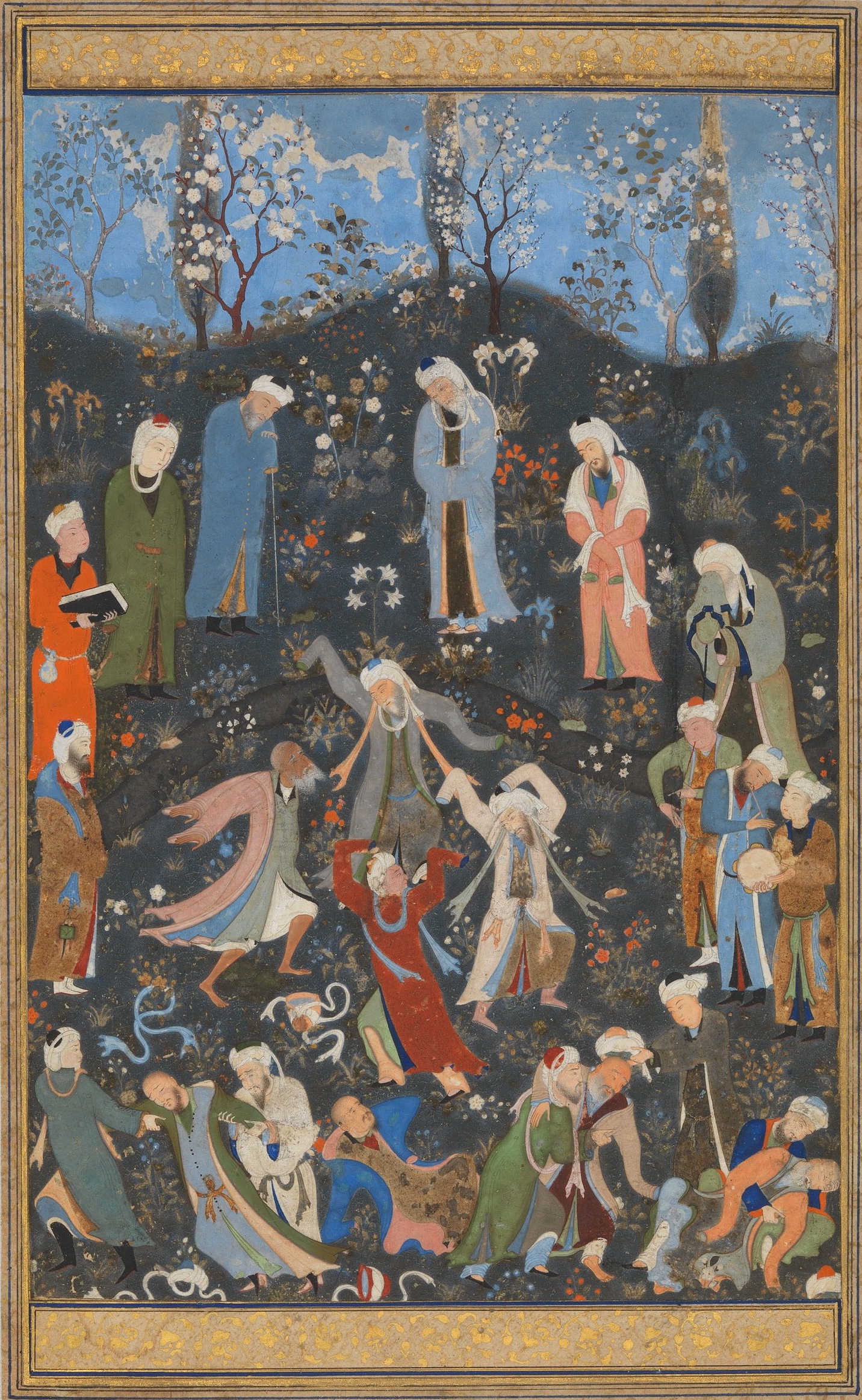|
Balım Sultan
Balım Sultan (d. circa 1517/1519) was a Bektashi sufi who established and codified the Bektashi Order at the beginning of the 16th century. The mystical practices and rituals of the Bektashi were systematized and structured by Balım, after which many of the order's distinct practices and beliefs took shape. He is considered the primary personality in the Bektashi Order after Hacı Bektaş-ı Veli ''(Haji Bektash)'' and is regarded as the “Second Pir” (''pīr-e ṯānī'' or second elder). Overview Balım Sultan was born in 1457 in the town of Dimetoka in Rumelia to a Shia Muslim mother. The genealogy of Balïm is a contested matter, but most versions seek to link him to the miraculously begotten sons of Ḥājī Bektāš, Ḥabīb and Ḵeżr Lāla, as a reinforcement of his spiritual descent from the founding elder of the order. It is also widely suggested that his father was Mursel Baba and his mother was an Iranian/Persian princess. He was a follower of a Bektashi conve ... [...More Info...] [...Related Items...] OR: [Wikipedia] [Google] [Baidu] |
Bektashi
The Bektashi Order; sq, Tarikati Bektashi; tr, Bektaşi or Bektashism is an Islamic Sufi mystic movement originating in the 13th-century. It is named after the Anatolian saint Haji Bektash Wali (d. 1271). The community is currently led by Baba Mondi, the eighth Bektashi Dedebaba and headquartered in Tirana, Albania. Bektashism began as a Shia Islamic Sufi order in Anatolia, during the Ottoman Empire. In 1876, a Salih Nijazi was appointed as the "''baba''" or leader by prominent Bektashi members. After the foundation of the Turkish Republic, Kemal Atatürk banned religious institutions that weren't part of the Directorate of Religious Affairs. After this, the community's headquarters relocated to Albania. The order became involved in Albanian politics, and some of its members, including Ismail Qemali, were major leaders of the Albanian National Awakening. Bektashis believe in the Twelve Imams, Fourteen Innocents and the modern-day Dedebabas. In addition to the sp ... [...More Info...] [...Related Items...] OR: [Wikipedia] [Google] [Baidu] |
Nevşehir Province
Nevşehir Province ( tr, , from the Persian compound نو شهر ''Now-shahr'' meaning "new city") is a province in central Turkey with its capital in Nevşehir. Its adjacent provinces are Kırşehir to the northwest, Aksaray to the southwest, Niğde to the south, Kayseri to the southeast, and Yozgat to the northeast. Nevşehir includes the area called Cappadocia - a tourist attraction in Turkey. The town of Göreme is also located in Nevşehir. Cappadocia once included the area now covered by this province. This province is notable for the fairy chimneys of Göreme, the Ortahisar (middle fortress), a number of old churches from the Byzantine period. History Archaeology An approximately 5,000-year-old three-story underground town which referred as “Gir-Gör” (Enter and See) by locals was revealed in Avanos in 2019. The five-kilometer-long city consisted of three floors, homes, tunnels, places of worship and a small human figurine. According to the locals, the site w ... [...More Info...] [...Related Items...] OR: [Wikipedia] [Google] [Baidu] |
1517 Deaths
Year 1517 ( MDXVII) was a common year starting on Thursday (link will display the full calendar) of the Julian calendar. Events January–June * January 22 – Battle of Ridaniya: The Holy Ottoman army of the sultan Selim I defeat the Mamluk army in Egypt, under Tuman bay II. * February 3 – Cairo is captured by the Ottoman Empire, and the Mamluk Sultanate falls. * March 16 – The Fifth Council of the Lateran ends. * May 1 – Evil May Day: Xenophobic riots break out in London. July–December * August 15 – Portuguese merchant Fernão Pires de Andrade meets Ming Dynasty Chinese officials through an interpreter, at the Pearl River estuary and lands, at what is now in the jurisdiction of Hong Kong. Although the first European trade expeditions to China took place in 1513 and 1516 by Jorge Álvares and Rafael Perestrello, respectively, Andrade's mission is the first official diplomatic mission of a European power to China ... [...More Info...] [...Related Items...] OR: [Wikipedia] [Google] [Baidu] |
Sufis
Sufism ( ar, ''aṣ-ṣūfiyya''), also known as Tasawwuf ( ''at-taṣawwuf''), is a mystic body of religious practice, found mainly within Sunni Islam but also within Shia Islam, which is characterized by a focus on Islamic spirituality, ritualism, asceticism and esotericism. It has been variously defined as "Islamic mysticism",Martin Lings, ''What is Sufism?'' (Lahore: Suhail Academy, 2005; first imp. 1983, second imp. 1999), p.15 "the mystical expression of Islamic faith", "the inward dimension of Islam", "the phenomenon of mysticism within Islam", the "main manifestation and the most important and central crystallization" of mystical practice in Islam, and "the interiorization and intensification of Islamic faith and practice". Practitioners of Sufism are referred to as "Sufis" (from , ), and historically typically belonged to "orders" known as (pl. ) – congregations formed around a grand who would be the last in a chain of successive teachers linking back to Muha ... [...More Info...] [...Related Items...] OR: [Wikipedia] [Google] [Baidu] |
Shaykh
Sheikh (pronounced or ; ar, شيخ ' , mostly pronounced , plural ' )—also transliterated sheekh, sheyikh, shaykh, shayk, shekh, shaik and Shaikh, shak—is an honorific title in the Arabic language. It commonly designates a chief of a tribe or a royal family member in Arabian countries, in some countries it is also given to those of great knowledge in religious affairs as a surname by a prestige religious leader from a chain of Sufi scholars. It is also commonly used to refer to a Muslim religious scholar. It is also used as an honorary title by people claiming to be descended from Hasan ibn Ali and Husayn ibn Ali both patrilineal and matrilineal who are grandsons of the Islamic prophet Muhammad. The term is literally translated to "Elder" (is also translated to " Lord/ Master" in a monarchical context). The word 'sheikh' is mentioned in the 23rd verse of Surah Al-Qasas in the Quran. Etymology and meaning The word in Arabic stems from a triliteral root connected ... [...More Info...] [...Related Items...] OR: [Wikipedia] [Google] [Baidu] |
Tekka
Tekka is a miso-condiment that consists of a number of root vegetables (Greater Burdock roots, carrots, Ginger root, and Lotus root ''Nelumbo nucifera'', also known as sacred lotus, Laxmi lotus, Indian lotus, or simply lotus, is one of two extant species of aquatic plant in the family Nelumbonaceae. It is sometimes colloquially called a water lily, though this more often re ...) which have been stir-fried and boiled to a concentrated powder. Traditional preparation time used to be 16 hours (on a low fire), yet speedier preparation is possible. References Condiments {{condiment-stub ... [...More Info...] [...Related Items...] OR: [Wikipedia] [Google] [Baidu] |
Khalifah
Khalifa or Khalifah (Arabic: خليفة) is a name or title which means "successor", "ruler" or "leader". It most commonly refers to the leader of a Caliphate, but is also used as a title among various Islamic religious groups and others. Khalifa is sometimes also pronounced as "kalifa". There were four khalifas after Muhammad died, beginning with Abu Bakr. This was a difficult decision for the people to make, for no one except Muhammad had ever thought with foresight about who would rule after he would die. The ''Khilaafat'' (or Caliphate) was then contested and gave rise to the eventual division of the Islamic Umma into two groups, the Sunni and the Shi'a who interpret the word ''Khalifa'' in differently nuanced ways. The earliest Islamic uses include Khaleefa(ḥ)''' in The Qur'an, 2:30, where Allah commands the angels to bow down to Adam which more clearly guides to the root Classical Arabic meaning of the word as "Vicegerent", or divinely connected representative of Allah ... [...More Info...] [...Related Items...] OR: [Wikipedia] [Google] [Baidu] |
Anatolia
Anatolia, tr, Anadolu Yarımadası), and the Anatolian plateau, also known as Asia Minor, is a large peninsula in Western Asia and the westernmost protrusion of the Asian continent. It constitutes the major part of modern-day Turkey. The region is bounded by the Turkish Straits to the northwest, the Black Sea to the north, the Armenian Highlands to the east, the Mediterranean Sea to the south, and the Aegean Sea to the west. The Sea of Marmara forms a connection between the Black and Aegean seas through the Bosporus and Dardanelles straits and separates Anatolia from Thrace on the Balkan peninsula of Southeast Europe. The eastern border of Anatolia has been held to be a line between the Gulf of Alexandretta and the Black Sea, bounded by the Armenian Highlands to the east and Mesopotamia to the southeast. By this definition Anatolia comprises approximately the western two-thirds of the Asian part of Turkey. Today, Anatolia is sometimes considered to be synonymous ... [...More Info...] [...Related Items...] OR: [Wikipedia] [Google] [Baidu] |
Turkey
Turkey ( tr, Türkiye ), officially the Republic of Türkiye ( tr, Türkiye Cumhuriyeti, links=no ), is a list of transcontinental countries, transcontinental country located mainly on the Anatolia, Anatolian Peninsula in Western Asia, with a East Thrace, small portion on the Balkans, Balkan Peninsula in Southeast Europe. It shares borders with the Black Sea to the north; Georgia (country), Georgia to the northeast; Armenia, Azerbaijan, and Iran to the east; Iraq to the southeast; Syria and the Mediterranean Sea to the south; the Aegean Sea to the west; and Greece and Bulgaria to the northwest. Cyprus is located off the south coast. Turkish people, Turks form the vast majority of the nation's population and Kurds are the largest minority. Ankara is Turkey's capital, while Istanbul is its list of largest cities and towns in Turkey, largest city and financial centre. One of the world's earliest permanently Settler, settled regions, present-day Turkey was home to important Neol ... [...More Info...] [...Related Items...] OR: [Wikipedia] [Google] [Baidu] |
Kırşehir
Kırşehir, formerly Mocissus ( grc, Μωκισσός) and Justinianopolis (Ἰουστινιανούπολις), is a city in Turkey. It is the capital district of the Kırşehir Province. According to the 2000 census, the population of the district is 121,947 of which 105,826 live in the city of Kırşehir. The Mayor of Kırşehir is Selehattin Ekicioğlu. History The history of Kırşehir dates back to the Hittites. During the period of the Hittites, the basin of Kırşehir was known as the country of "Ahiyuva", meaning "the Land of the Achaeans", as the Greeks were known to the Hittites. This basin also took the name Cappadocia at the time of the Romans and Byzantines. Kırşehir was once known as Aquae Saravenae. The Seljuks took the city in the 1070's and bestowed the current name. In Turkish, "''Kır Şehri''" means "''steppe city''" or "''prairie city''". It became the chief town of a sanjak in the Ottoman vilayet of Angora, which possessed, 1912, 8000 inhabitants, ... [...More Info...] [...Related Items...] OR: [Wikipedia] [Google] [Baidu] |
Sufi
Sufism ( ar, ''aṣ-ṣūfiyya''), also known as Tasawwuf ( ''at-taṣawwuf''), is a mystic body of religious practice, found mainly within Sunni Islam but also within Shia Islam, which is characterized by a focus on Islamic spirituality, ritualism, asceticism and esotericism. It has been variously defined as "Islamic mysticism",Martin Lings, ''What is Sufism?'' (Lahore: Suhail Academy, 2005; first imp. 1983, second imp. 1999), p.15 "the mystical expression of Islamic faith", "the inward dimension of Islam", "the phenomenon of mysticism within Islam", the "main manifestation and the most important and central crystallization" of mystical practice in Islam, and "the interiorization and intensification of Islamic faith and practice". Practitioners of Sufism are referred to as "Sufis" (from , ), and historically typically belonged to "orders" known as (pl. ) – congregations formed around a grand who would be the last in a chain of successive teachers linking back to Muh ... [...More Info...] [...Related Items...] OR: [Wikipedia] [Google] [Baidu] |





